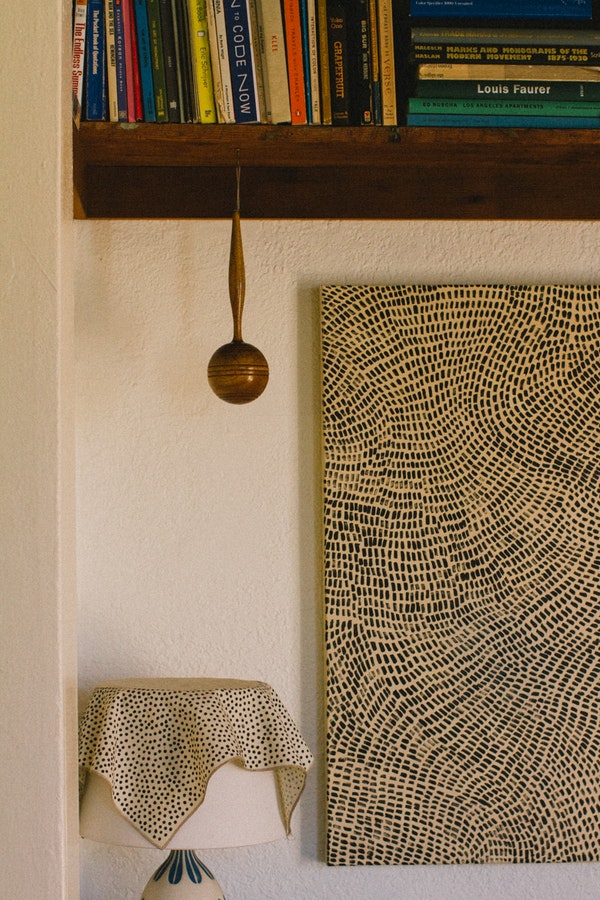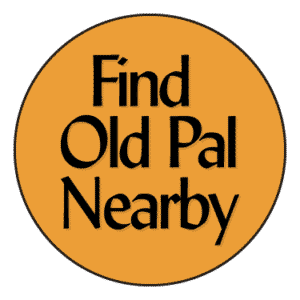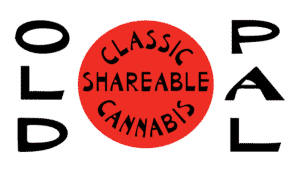Artist John Zabawa is beaming with excitement as he shares details from his recent trip to Jakarta. Everything in his home studio is laid out with intention, especially the small stack of 60s and 70s cassettes he proudly scored while abroad. Light dances around the room as the acclaimed Indonesian band, Koes Plus rhythmically pulses from a small vintage Marantz recorder on his desk.
Zabawa disappears into another nook in his small Echo Park cottage enthusiastically emerging with a three pound jar of his latest creation: vodka infused with lemon balm picked fresh from his garden. It’s adorned with a convincing hand-made label that would encourage anyone to drop fifty bucks on his home brew but this one isn’t for sale; in fact, it’s the start of a new passion to not only grow everything he can in his garden but to incorporate those plants into his daily routine.
Organic elements also directly appear in Zabawa’s artwork and often make a cameo as graphic elements in other pieces, a la Matisse. It you stand long enough in his space you get the sense that he’s complete in his pursuits as an artist with every collected totem, book, instrument and now a garden informing his creative process.
It’s easy to see that his environment is a labor of love, something he inherited from his mother who not only passed down her talent but encouraged introspection into Zabawa’s relationship between art and space. No wonder he ensconced himself in a small string of forested cottages above the Echo Park lake he aptly refers to as an “oxygen bubble” nurtured by neighbors with a similar green thumb. He landed here after art school, agency life and a series of changes in Chicago that inevitably closed that chapter in his life.
Soon after moving, Atelier Ace—Ace Hotel’s namesake creative agency—recruited Zabawa but after a year in-house the walls started closing in again blurring the lines between making free-range artwork and salient consumer design. “Art and design are very different and they work differently,” he recalls speaking fondly of the experience. “Art is completely interpretive and design should not be.”
He cites the work of Jean Arp, the German-French sculptor that was fascinated with the idea of metamorphosis who said, “Art is a fruit growing out of man like the fruit out of a plant like the child out of the mother…” Similarly, John’s practice is a hands-on, self-realized connection to materials and their outcome. “If you want to use color and you want to create form then you have to try and find a way to put color and form into your hand. You need to find a way to see it, smell it and taste it,” he adds.
The resulting work is the product of a deep reach into his thought process with an implicit understanding between form and outcome. His approach to gardening is no different. By giving life to something he’s filling space with a representation of who he is and the connection to his soul.
As a Blue Jay lands unexpectedly to inspect the fallen Pecan seeds from his tree, Zabawa is considering the space outside for an upcoming show and to plant flowers for fragrances, medicinal herbs, a kitchen garden and even cannabis to calm his mind. His enthusiasm for all of it is infectious as he even breaks down his intention to take a first crack at Bonsai. While he doesn’t consciously admit it, he’s literally the embodiment of his art and has all the reason in the world to celebrate the process that has led him here.

Gardening with Artist John Zabawa
© Copyright 2022 Old Pal






